Fractures are among the most common injuries in children. Since kids are naturally active—running, climbing, playing sports, and exploring the world around them—their bones are more prone to breaks. While a fracture may sound alarming, the good news is that children’s bones heal much faster than adults’.
However, recovery doesn’t stop once the cast is removed. Proper post-fracture care is just as important as the initial treatment to ensure that the bone heals correctly, strength is regained, and the child can return to normal activities safely.
This blog will guide you through what parents should know about post-fracture care and the steps that can make the healing journey smoother.
Understanding the Healing Process
When a child suffers a fracture, the body immediately begins to repair itself. The broken bone forms a natural “healing bridge” of new tissue that eventually turns into solid bone. In children, this process can take a few weeks to a few months, depending on the severity of the injury and the child’s age.
But healing involves more than just bone repair. Muscles, ligaments, and joints around the injured area may become weak or stiff due to immobility. That’s why careful care and rehabilitation are critical after the cast or splint comes off.
Key Aspects of Post-Fracture Care
1. Cast and Splint Care
- Keep the cast clean and dry.
- Do not insert objects inside the cast to scratch the skin.
- Watch for swelling, foul odor, or skin irritation, which may indicate a problem.
2. Pain and Swelling Management
- Mild pain and swelling are common even after the cast is removed.
- Cold compresses, elevation, and prescribed pain relief can help.
3. Gradual Return to Activity
- Children often want to jump back into sports and play immediately, but the bone and surrounding muscles need time to regain full strength.
- Encourage light activities first, and gradually increase intensity under medical advice.
4. Physiotherapy and Exercises
- Stiffness and muscle weakness are normal after a fracture.
- A structured physiotherapy program helps restore flexibility, strength, and coordination.
- Exercises also reduce the risk of re-injury.
5. Nutrition for Bone Healing
- Ensure your child consumes a balanced diet rich in calcium, vitamin D, and protein.
- Foods like milk, cheese, yogurt, leafy greens, nuts, and fish are excellent for bone recovery.
6. Emotional Support
- Children may feel anxious about using the injured limb again.
- Gentle encouragement and positive reinforcement help them regain confidence.
Warning Signs to Watch Out For
After fracture treatment, consult your doctor immediately if you notice:
- Persistent pain or swelling that does not improve.
- Redness, pus, or foul smell around the injured site.
- Difficulty moving the joint even after healing.
- The child refusing to bear weight or use the limb weeks after cast removal.
Conclusion
Post-fracture care goes beyond just waiting for the bone to heal. A combination of proper medical supervision, physiotherapy, nutrition, and emotional support ensures that your child regains full strength, mobility, and confidence. With the right care, most children bounce back quickly and return to their active lives without long-term complications.
For expert guidance on post-fracture recovery and pediatric orthopedic care, consult Dr. Nargesh Agrawal at Child OrthoCare.
Address: C-7, Ground Floor, D- Park, Model Town -3, New Delhi 110009
Mobile: +91 88517 77145
Website: www.childorthocare.online






